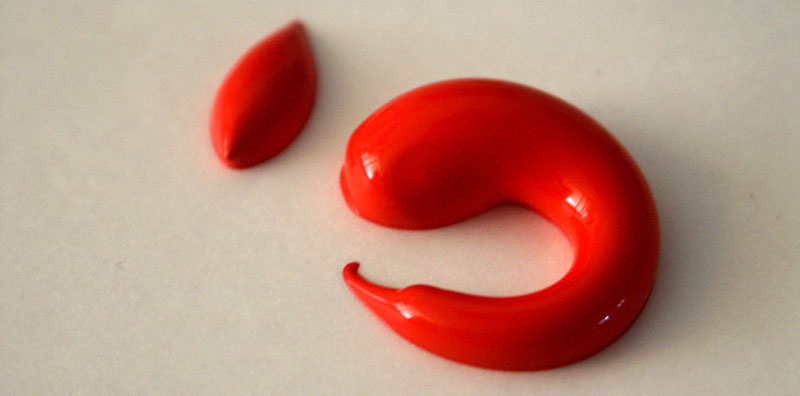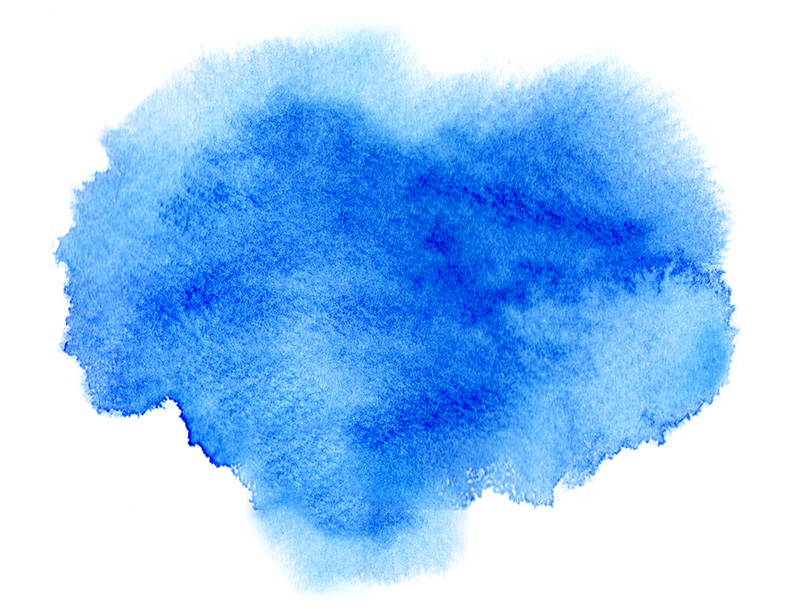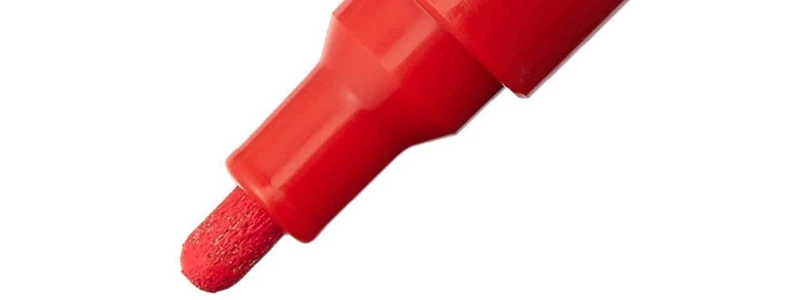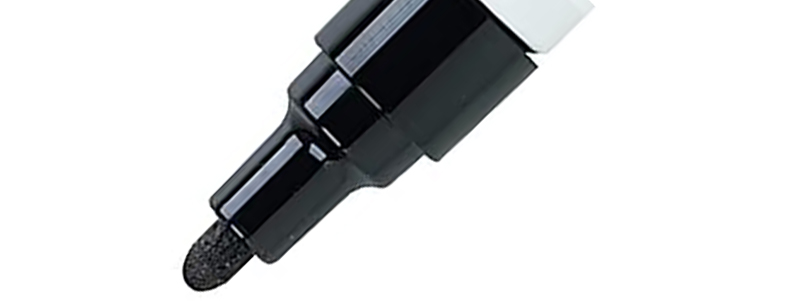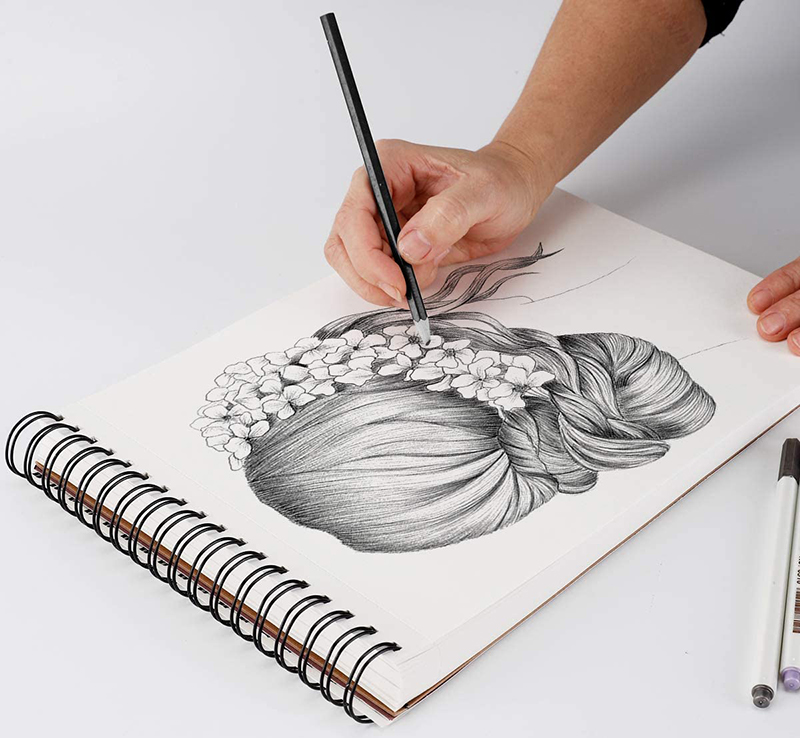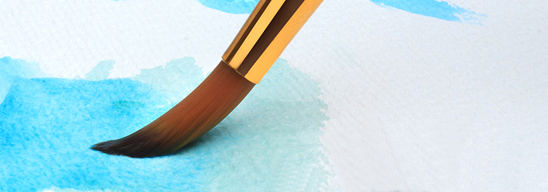Acrylic painting is a vibrant and versatile art form that allows individuals to express their artistic vision with vivid colors and diverse techniques. If you’re eager to explore acrylic painting but don’t know where to start, this concise guide will provide you with the necessary steps to dive into this captivating medium.
1. Gather Your Materials:
To begin your acrylic painting journey, assemble the following supplies:
* Acrylic paints: Choose a broad selection of colors, including popular shades such as crimson, cobalt blue, and cadmium yellow.
* Brushes: Invest in a variety of brushes, including flat, round, and filbert brushes, to achieve different effects.
* Painting surface: Select a canvas, canvas board, or acrylic paper to serve as your painting surface.
* Palette: Use a palette or a disposable palette pad for mixing and blending colors.
* Water container: Keep a container of water nearby for cleaning your brushes.
* Palette knife: Optional but useful for mixing paints and creating texture.
* Paper towels or cloth: Use them for blotting excess paint and cleaning brushes.
2. Prepare Your Workspace:
Set up a well-lit and well-ventilated workspace. Cover your working area with a protective sheet to prevent any accidental spills or stains.
3. Color Mixing:
Explore the fascinating world of color mixing with acrylics:
* Primary colors: Begin with the primary colors – red, blue, and yellow. Experiment with mixing them to create secondary colors such as purple, green, and orange.
* Tints and shades: Add white to create lighter shades (tints) and black to achieve darker shades (shades). Adjust the amount of white or black to achieve your desired color variations.
4. Basic Techniques:
Familiarize yourself with essential acrylic painting techniques:
- Dry brushing: Use a brush with relatively dry paint to create texture and highlight surface details.
- Glazing: Apply thin, translucent layers of paint to achieve a luminous and layered effect.
- Layering: Build your painting by gradually layering colors, allowing each layer to dry before adding the next for depth and dimension.
- Wet-on-wet: Apply wet paint onto a wet surface for seamless blending and soft transitions.
- Wet-on-dry: Apply wet paint onto a dry surface for more controlled and defined brushstrokes.
5. Brushwork and Texture:
Experiment with different brushstrokes and techniques to add texture and visual interest to your paintings. Try stippling, scumbling, or using a palette knife to create unique effects and surface textures.
6. Clean and Care for Your Brushes:
After each painting session, clean your brushes thoroughly with water and mild soap. Gently reshape the bristles and let them air dry. Proper brush care ensures longevity and optimal performance.
